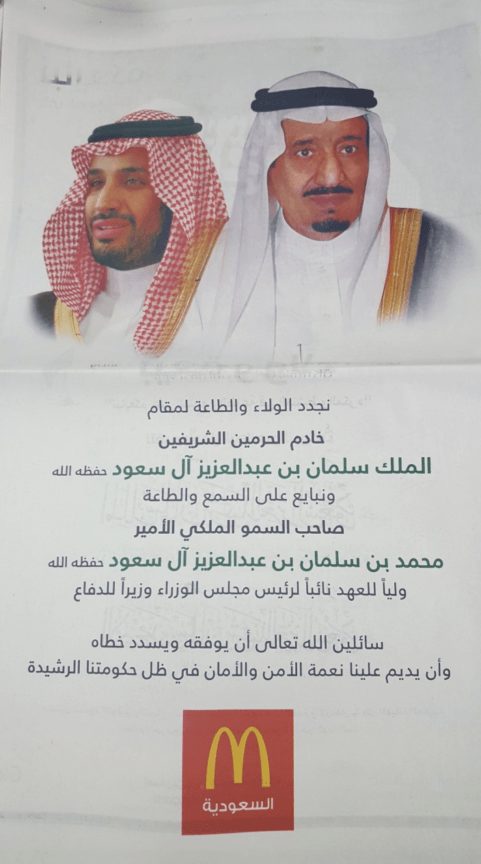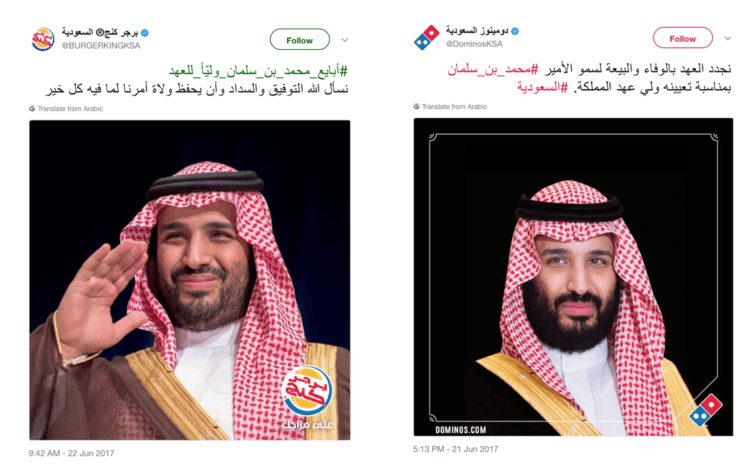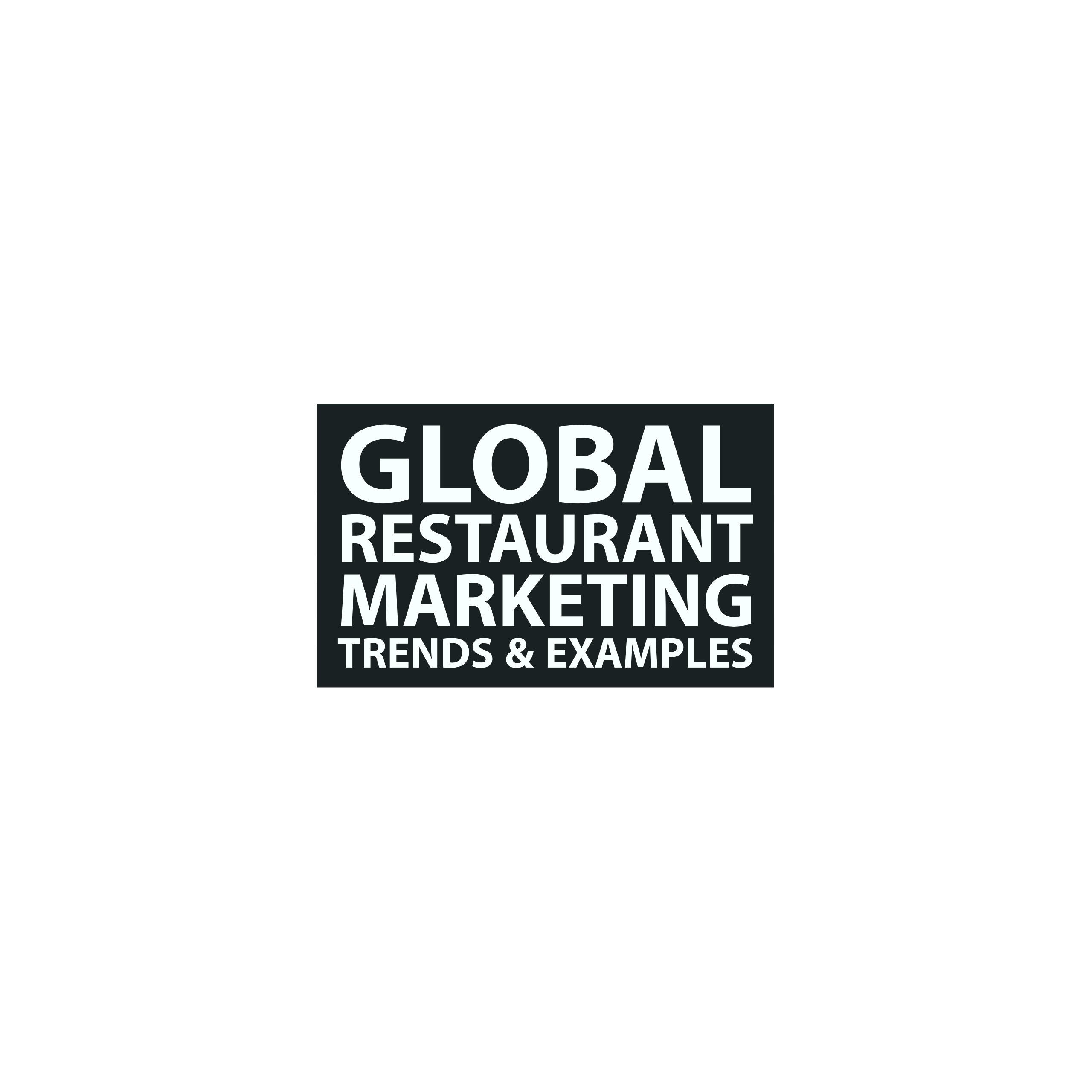With consumer appetites always evolving, restaurants are making changes to their marketing efforts. Traditional advertising is still important, but the use of digital, social, and mobile have been increasing for years. And then there’s the increased competition, which is dramatically altering the restaurant landscape and, by extension, the way chains market their products. No longer is McDonald’s hoping to steal share only from its direct rivals, such as Burger King or Wendy’s. Today, the Golden Arches is hoping that it can woo consumers away from snacking, Starbucks, and fast-casual chains (among many other new competitors).
As a growing number of consumers go online to shop for (and pay for) everything from clothing to groceries, restaurant chains are attempting to figure out where they fit in the e-commerce puzzle. As a result, we’ve seen online traffic increase. A recent report shows that web traffic to chains in the snack category grew 28% in 2015, led largely by Starbucks, which saw engagement grow 40% the same year. So it’s no wonder that quick-service restaurants are upping their advertising spend (16% in the first two months of 2017) — with so much competition, the noise has never been louder, and efforts to break through never more challenging.
Here, we highlight some compelling global restaurant marketing examples, along with a slew of facts and figures about the value of marketing.
DIGITAL IS THE MARKETING ORDER OF THE DAY
Digital marketing spend is up, expected to pace at an 11% compound annual growth rate between now and 2021. Still, the way restaurants are utilizing digital is vast and varied, particularly when it comes to chains with locations throughout the globe.
In India, where the fast-food market today is only one-tenth the size of China’s, there’s still plenty of opportunity — and international operators have caught on. The region’s fast-food industry doubled in size between 2013 and 2016, due in large part to major players that have steadily caught on to the needs and demands of Indian consumers. One such chain is KFC which, in 2013, introduced the WOW@25 app, which used augmented reality, gamification, and 3D animation to scan Indian currency, suggesting various options guests could enjoy based on their budgets. The app was incredibly well-received, skyrocketing to the top of the most-downloaded food and beverage applications in the country and garnering more than 35,000 downloads.

In the U.S., KFC has been heavily reliant on digital, too — particularly social media, where it recently hosted an online seminar for a live balloon launch of its fried chicken sandwich. The move was largely seen as a gimmick, but generated tremendous interest and received hundreds of thousands of views. Of course, international brands require special considerations — what works in one part of the world might not work in another. Such is the case in the UK and Ireland, where KFC has struggled a bit to refine its message and market its products effectively. The brand’s Chief Marketing Officer for the UK and Ireland recently told the local press that the chain was moving from messaging that could be perceived as “shouty” to ads that use wit and humor to grab attention (which resonate more with the region’s customer base).
THOSE WHO INVEST IN TARGETED EFFORTS REAP THE GREATEST REWARDS
Domino’s first edged past Pizza Hut in advertising spend in 2014, when it increased measured-media spending 16.9%. Today, it spends more on digital marketing than any other pizza chain — and the results are apparent.
For every dollar spent on advertising over the last five years, Domino’s saw a roughly $35 return, with advertising spend increasing in almost constant relation to sales.
In addition to seeing sales spike in conjunction with increased marketing efforts, the pizza chain’s stock is up 5,557% since hitting its lowest point in 2008, and it now leads competitors in delivery. Most of the brand’s recent innovations have been in consumer experience and marketing (particularly through the use of tech) rather that in the product itself.
STILL, TRADITIONAL EFFORTS REMAIN A BIG PART OF THE MARKETING MIX
Though digital marketing has been taking its share of the headlines (and its share of many chains’ advertising spend), many traditional marketing methods haven’t lost their effectiveness. Particularly neighborhood marketing, which allows for tactics to be more personalized (and often dramatically less expensive) than other means.
The CMO of Canadian chain Tim Horton’s, for one, noted that though the chain has relied on social and digital marketing efforts in the past, its secret recipe has been the “market by market, neighborhood by neighborhood” work the brand has undertaken. The importance of neighborhood marketing efforts is key to the success of a number of brands, even giants like McDonald’s.
Just last month, after Saudi Arabian King Salman bin Abdulaziz al-Saud announced that he would appoint his son, Salman, as crown prince, McDonald’s KSA took out a full page ad in a local newspaper wishing the new prince “wisdom…peace and prosperity.”

The move wasn’t all that unusual, especially considering McDonald’s KSA is owned by Mishaal Bin Khalid al Saud, a relative of Salman’s. Still, the ad propelled other regional fast food giants to follow suit, with both the Saudi franchises of Domino’s and Burger King tweeting their support for the new prince shortly after.

Television plays an important role, too, with restaurants spending some 80% of dollars on TV as recently as 2014. As television changes (and Hulu and Netflix continue to take share from networks), even that will change. Last April, a UBS report noted that restaurants were among the advertisers to shift the greatest share of spend from TV to digital.
In recent years, though, TV advertisements have proved powerful, especially when used in conjunction with other forms of marketing. Tim Horton’s has seen success with one television ad in particular which was designed, according to the company, with social networking in mind. The hockey-themed ad was released in 2014, but still airs periodically — and, three years later, still elicits comments on social media.


THE BEST MARKETING PORTFOLIOS ARE THOSE THAT ARE DIVERSE
Multiple studies have proven the value of digital marketing, though it’s important to note that it varies depending on the brand and the product. Cadbury’s “Chocolate Charmer” online advertising campaign, for instance, provided an ROI almost four times higher than the corresponding TV campaign (after investing 7% of its budget online, the brand saw the sector generate 20% of sales). A Microsoft study of the effectiveness of digital advertising found that digital outperforms television, print, radio, and outdoor advertising and that, if digital is added to these media channels, it enhances their effectiveness. In other words, the most effective marketing budgets are those that blend all of the above, and ensure each piece works in conjunction.
It’s easy to note the rapid changes when looking at just one subset of marketing: restaurant advertisements. Over the past decade, restaurant advertising spend has changed dramatically. Shares of that spend have changed through the years, too. Between 2005 and 2014, total ad spend grew 26%, but internet ad spend (as a category) grew 274%, an indication that it’s eating share from other categories.
Ad spend as a percent of revenue also varies according to restaurant segment. Quick-Service brands spend on average 2.8%, while Casual Dining chains spend 2.5%. However, CDR chain Red Lobster dedicates 7.1% of revenue to ad spend, higher than even the biggest-spending QSR chain (Papa Murphy’s, at 6.5%).
WHAT’S IN STORE FOR GLOBAL RESTAURANT MARKETING
In calculating a marketing project’s ROI, many chains measure the cost of launching the project and seeking to calculate the return on sales based on that investment. Increasingly, though, chains should start by thinking about what marketing objectives they aim to satisfy: why customers would visit the a website or social media page, or download an app; what behaviors they might engage in once there; and how that could all be linked to a chain’s overall objectives.
Decisions regarding which parts of the menu to support with marketing spend (drinks, desserts, entrées, etc.), when, and how best to do it will always be a crucial piece of the marketing equation. Digitization has led to a radical restructuring of traditional industry boundaries — and that will only increase over time. For restaurants, marketing with tomorrow’s landscape in mind means planning today.
* * *
ABOUT AARON ALLEN & ASSOCIATES:
Aaron Allen & Associates is a leading global restaurant industry consultancy specializing in growth strategy, marketing, branding, and commercial due diligence for emerging restaurant chains and prestigious private equity firms. We work alongside senior executives of some of the world’s most successful foodservice and hospitality companies to visualize, plan and implement innovative ideas for leapfrogging the competition. Collectively, our clients post more than $100 billion, span all 6 inhabited continents and 100+ countries, with locations totaling tens of thousands.

